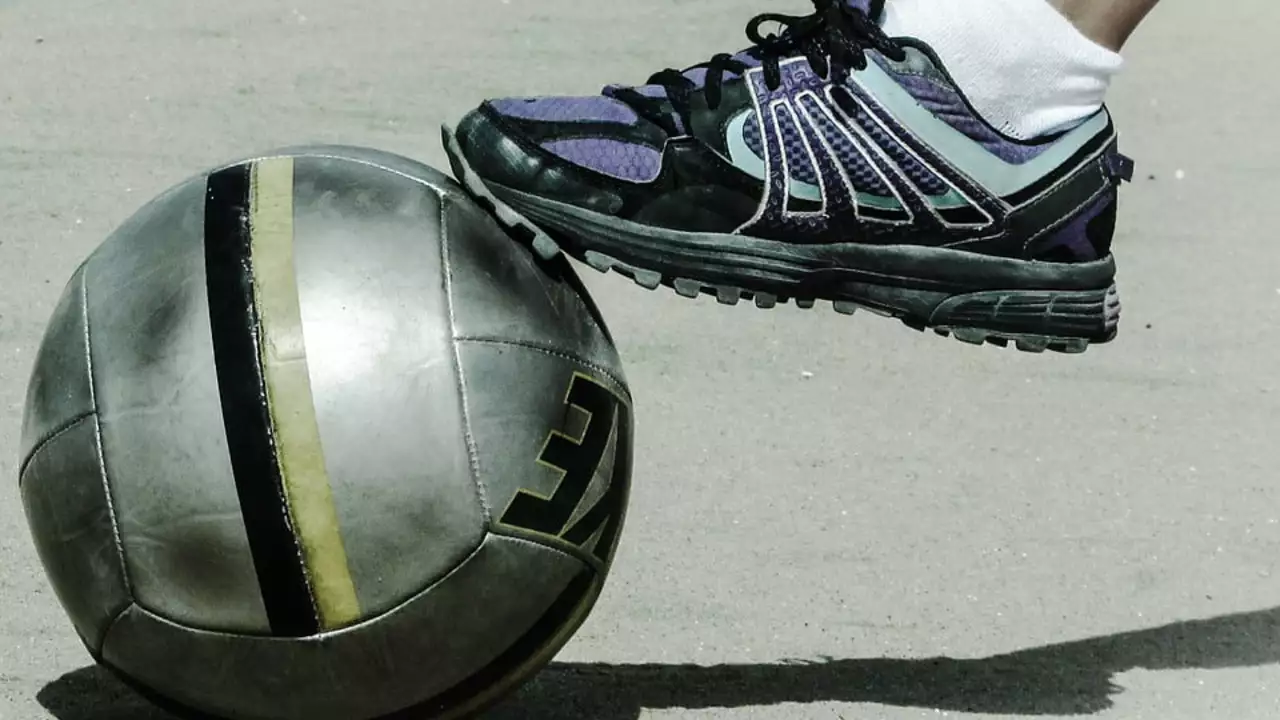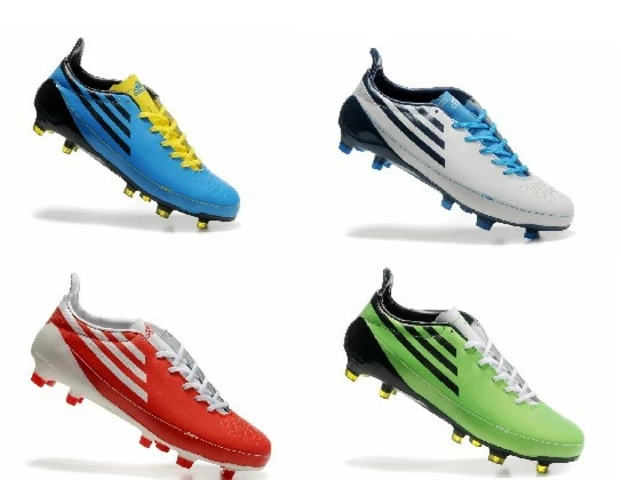Anatomy of a Soccer Shoe
Before we delve into the impact of shoes on performance in soccer, it's essential to understand the anatomy of a soccer shoe. Unlike regular shoes, soccer shoes, often called cleats, are designed with specific features to enhance performance on the field. They have studs or cleats on the sole for better grip, a fit design for optimal ball control, and materials that balance between comfort and durability. The type of shoes you wear can significantly influence your performance during a game.
The Role of Soccer Shoes in Performance
Shoes play a significant role in a player’s performance in any sport, and soccer is no exception. The right kind of soccer shoes can enhance your speed, agility, and accuracy in the field. They offer better grip, allowing you to make sharp turns and stops without slipping. The design of the shoe also aids in ball control, so you can dribble, pass, and shoot with more precision.
Choosing the Right Soccer Shoes for Your Position
Every soccer player knows that not all positions require the same type of shoes. For example, a goalie might require shoes that offer more grip for quick lateral movements, while a forward might prefer shoes that offer more control for precise shooting. It’s crucial to understand the requirements of your position and choose your soccer shoes accordingly.
Impact of Shoe Material on Performance
The material of your soccer shoes can also significantly impact your performance. Leather shoes, for instance, are more flexible and conform to your foot's shape, offering more comfort. Synthetic shoes, on the other hand, are more durable and less affected by weather conditions. Depending on your preference and playing conditions, the material of your shoes can make a big difference in your performance.
How the Right Fit Influences Performance
A well-fitting shoe not only enhances comfort but also improves your performance on the field. A shoe that's too tight can cause discomfort and even injury, while a shoe that's too loose can affect your stability and control. It's therefore crucial to get the right fit for optimum performance.
The Effect of Cleats on Grip and Stability
The cleats or studs on the bottom of the soccer shoes are designed to offer grip on the field. Depending on the type of field – grass, artificial turf, or hard ground – you might need different types of cleats. Getting the right cleats can significantly improve your stability, agility, and overall performance.
How Weather Conditions Influence the Choice of Soccer Shoes
Weather conditions can also influence your choice of soccer shoes. For instance, in wet conditions, you might need shoes with more grip to prevent slipping. On hot days, you may prefer lighter shoes that allow more ventilation. Understanding how different weather conditions affect your performance can help you choose the right shoes.
Maintaining Soccer Shoes for Optimum Performance
Maintaining your soccer shoes in optimal condition can also enhance your performance. Regular cleaning, proper storage, and timely replacement can extend the life of your shoes and ensure they offer the best performance. It's also a good idea to have more than one pair of shoes so you can rotate them and prevent excessive wear and tear.
Conclusion: Do Shoes Make a Difference in Performance in Soccer?
In conclusion, shoes do make a significant difference in performance in soccer. From the fit to the material, from the cleats to the maintenance, every aspect of your soccer shoes can influence your performance on the field. Therefore, choosing and maintaining your soccer shoes wisely can potentially enhance your performance and make you a better player.




